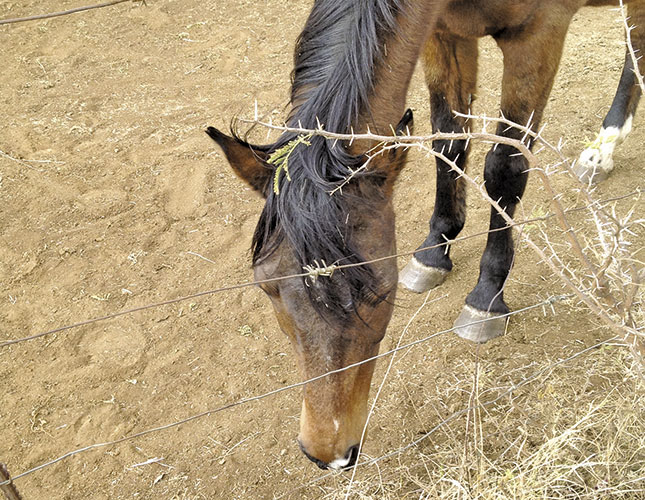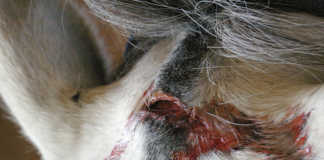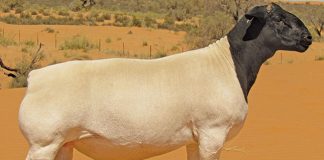
In winter, grazing on the Highveld is unpalatable and low in digestible nutrients. The hind gut of horses, donkeys and zebra can digest this poor quality roughage better than ruminants such as cows and sheep can, but a point is eventually reached when supplementation with oat hay is essential, especially in drought.
READ: Can horses eat white buffalo grass hay?
This point is usually reached in July, August and early September, when hay made from Eragrostis tef or lucerne is in short supply and very expensive. In cooler regions, oats can be planted in May and harvested in spring, so it becomes a possible substitute for these more popular types of hay. Horses love the taste of oat hay, but is it safe for them?
Oat hay is good-quality feed, but more needed
The first and second cutting of oat hay is considered ideal for horses, as it has a high proportion of energy as well as roughage. The third cutting is often more fibrous and sometimes classified as ‘oat straw’. But most horses accustomed to our fibrous sourveld grasses are able to digest it. In fact, they will readily graze on standing oat hay remaining on the lands after the second cutting.
Oat hay is not a balanced diet on its own, however. It is too high in phosphate and low in calcium, as well as certain other trace minerals. The protein level is also low. Horses fed oat hay should always be supplemented with a balanced concentrate or, if not stabled, a mineral lick high in calcium and protein.
A salt lick promotes better digestion of roughage and is also essential in grazing systems. Oat hay is surprisingly cheap to grow or buy. Bales are about a third of the price of lucerne and half the price of teff hay.
Planting oats
Some oat cultivars are more suitable for grazing and the production of hay. These include Overberg, Sederberg, Kompasberg, Wittenberg and Maluti. The first three are suitable for dryland production and can be grown in both cooler and warmer regions.
According to Department of Agriculture guidelines, the seeding rates for spring oats are between 80kg/ha and 120kg/ha.
It requires a well-prepared seedbed using either conventional or conservation tillage, at a depth of 2cm to 5cm. Inter-row spacing should be 50cm to 100cm for dryland cultivation and between 30cm and 50cm under irrigation. Fertiliser should not be applied with the seed as it can burn the young seedlings.
Useful tips on changing rations
On horse breeding farms that produce their own fodder, it is feasible to plant winter oats in rows on lands where teff has been harvested and then cut and bale up to three cuttings before preparing the lands for the next season’s teff crop.
Small square bales are preferable to round bales: they are easier to handle, result in less wastage, and are less prone to damp and mould.
Avoid making sudden, substantial changes to horses’ rations, as they can get colic. With stabled horses particularly, introduce oat hay gradually by mixing it with other hay. Do not let horses graze green shoots of oats, especially after frost, as this can lead to gas colic. If baled too wet, oat hay can become mouldy, so it’s worth checking the quality, when you purchase it.
Never substitute barley hay for oat hay as the spikes on the seeds (groats) are sharp and can damage a horse’s gums and throat.
Contact Dr Mac at [email protected]. Use ‘Horse talk’ in the subject line of your email.













